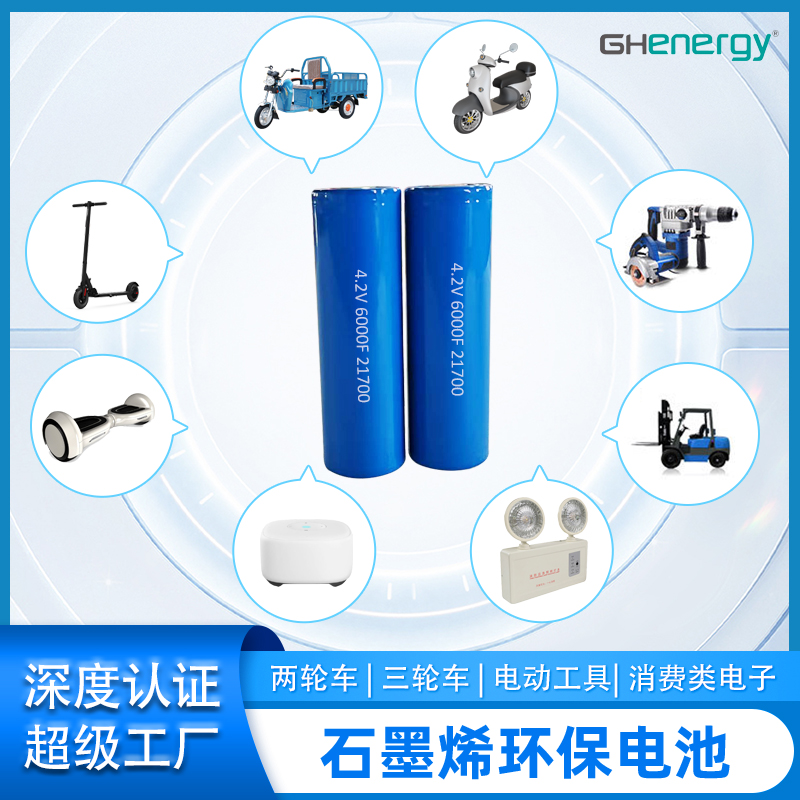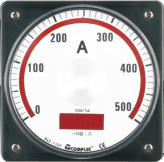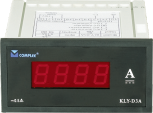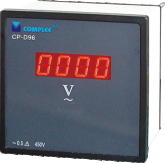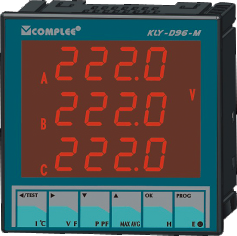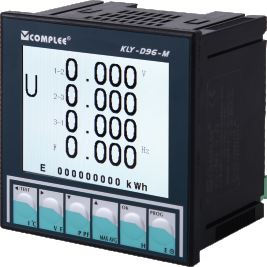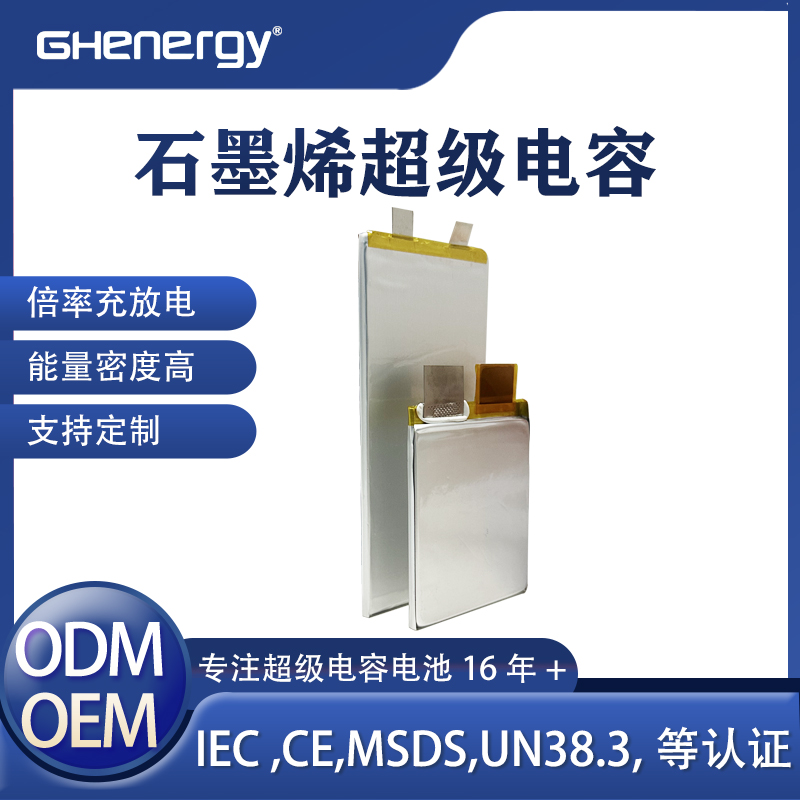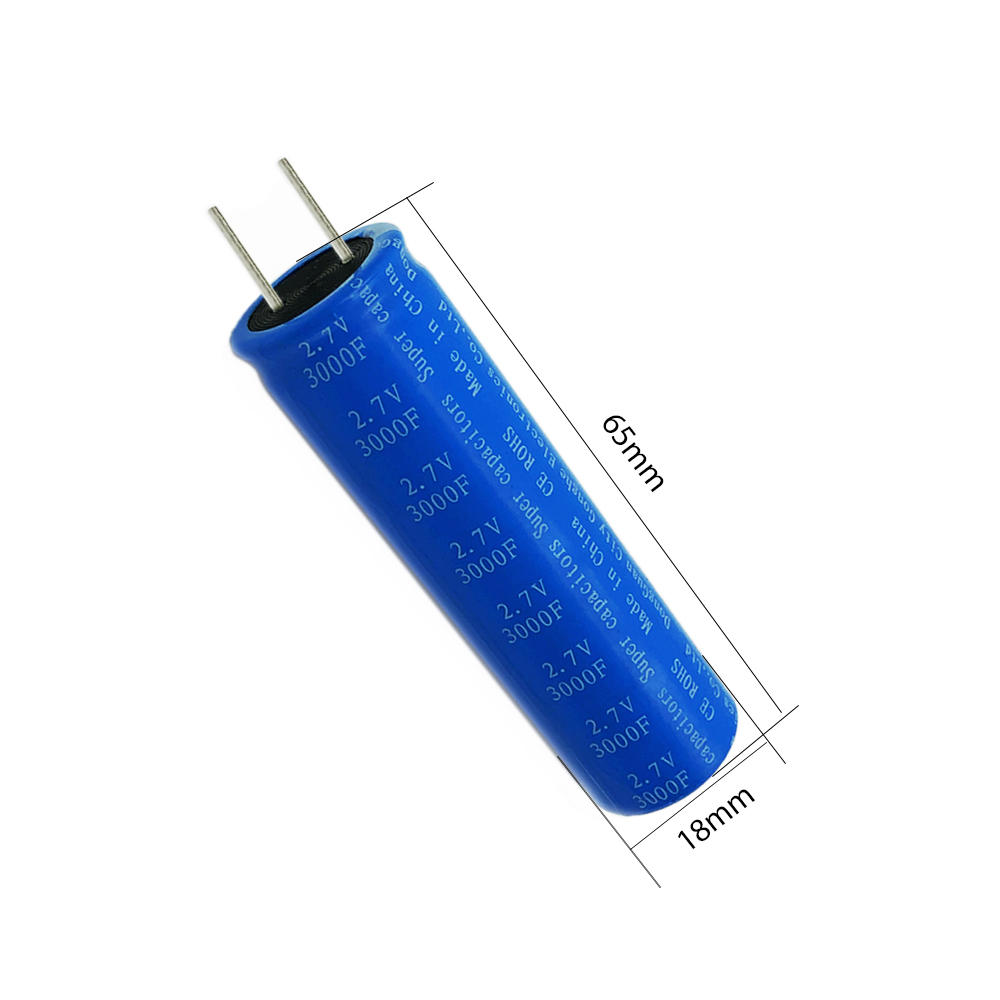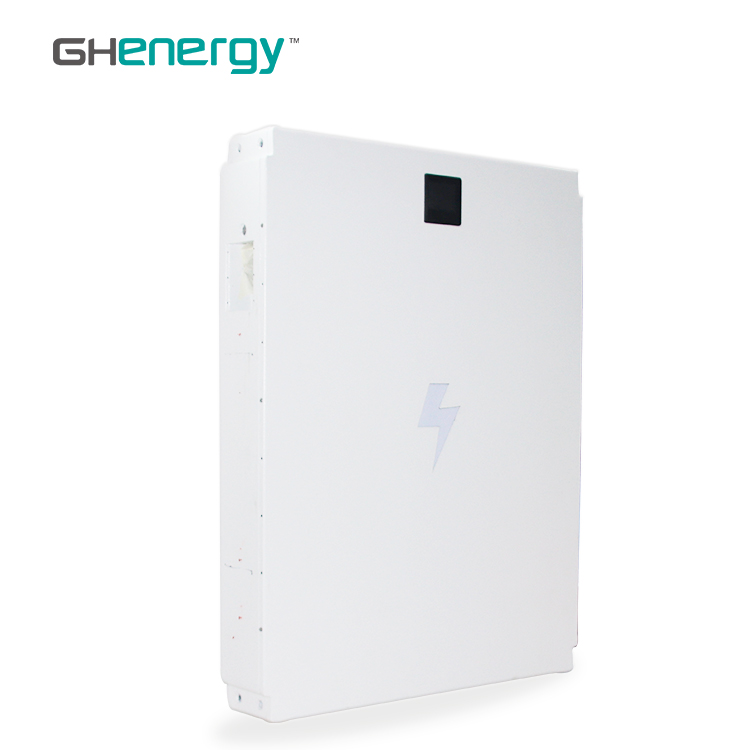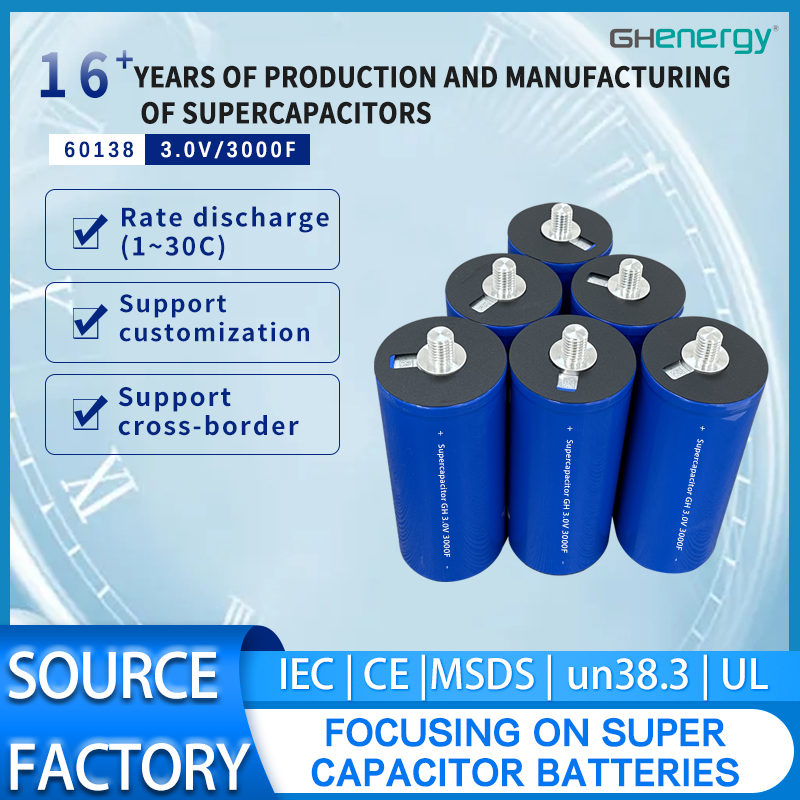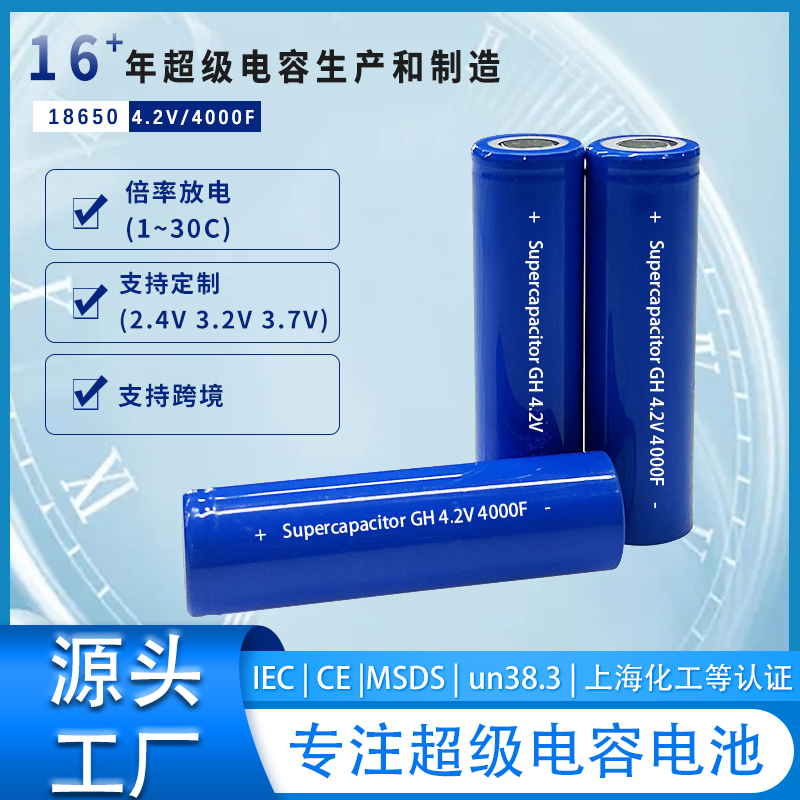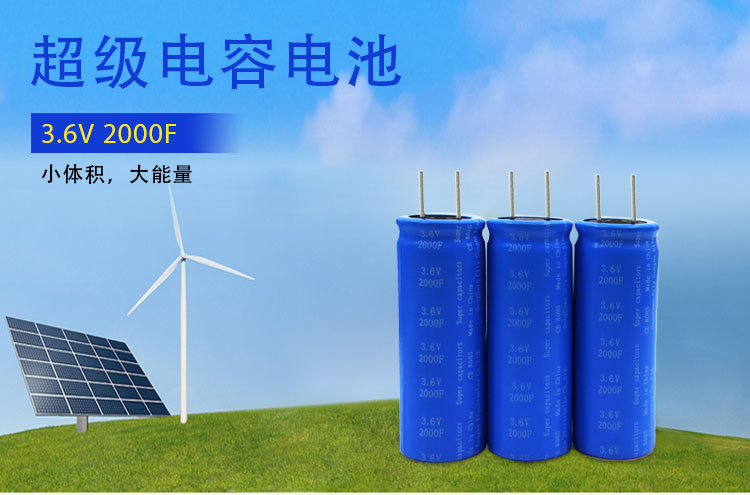Wedoany.com Report-Nov 2, A report released by DNV on behalf of the Climate Neutrality Foundation shows that the production of hydrogen from iron could be a promising, cost-effective way to meet Germany’s green hydrogen needs.
According to the report, backup power plants that produce electricity with hydrogen based on imported green iron are likely to be more cost-effective than power plants that use green hydrogen from a German or European pipeline network or plants generating electricity from hydrogen from cracked green ammonia.
DNV’s analysis breaks the costs down according to three different scenarios and includes elements of the value chain such as: generation, transportation, storage, and reconversion to electricity:
Electrolysis in Germany: Domestic generation generates costs of €425/MWh,
Import of green ammonia: At 581€/MWh, this value chain has the highest costs of the three methods compared, mainly due to the very high costs of ammonia cracking and the higher costs of ammonia storage,
Import of directly reduced iron (DRI): With electricity generation costs of €402/MWh, this method of H2 provision has the potential to generate the lowest costs of the three value chains examined. In addition, DRI is also suitable for long-term storage and enables the decentralised supply of hydrogen, even at locations without a connection to the H2 backbone.
CNF Director Rainer Baake: “The production of hydrogen from iron is extremely promising. Green iron is an energy storage medium that can be stored relatively easily and cost-effectively and can be used to produce large quantities of climate-neutral hydrogen at the power plant site as required.”
